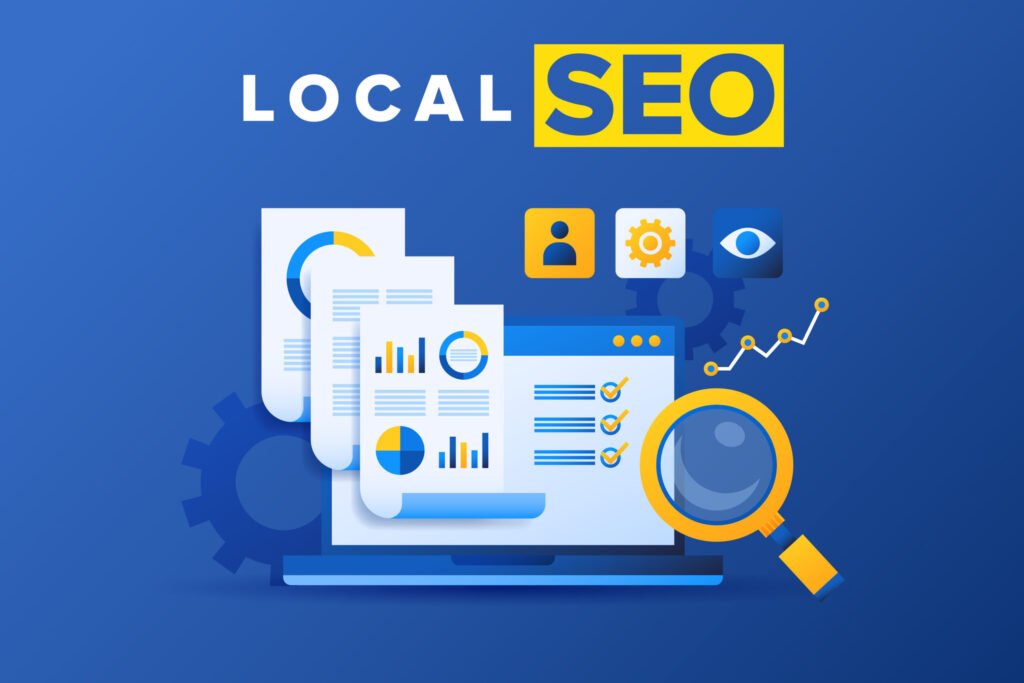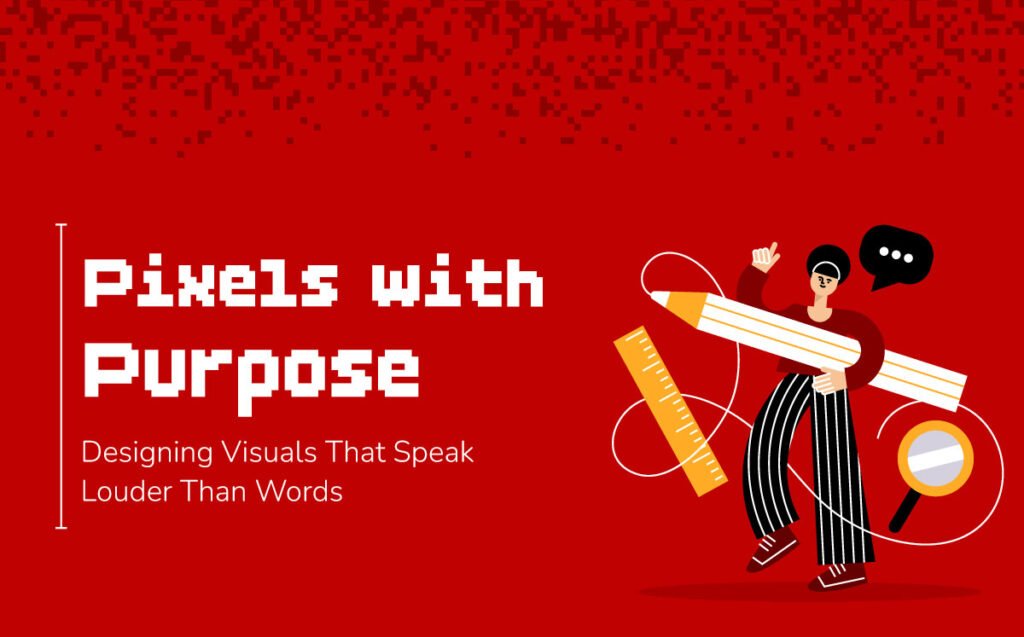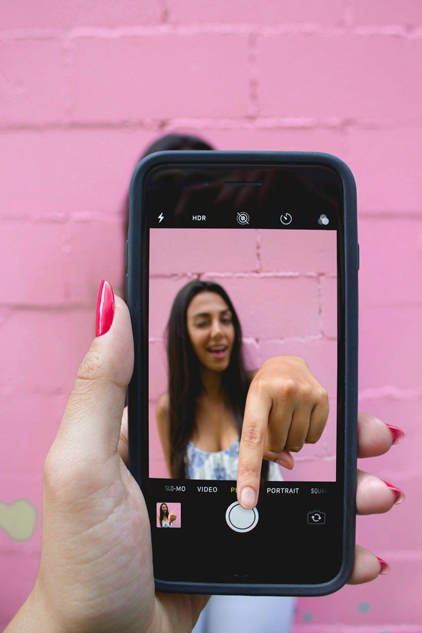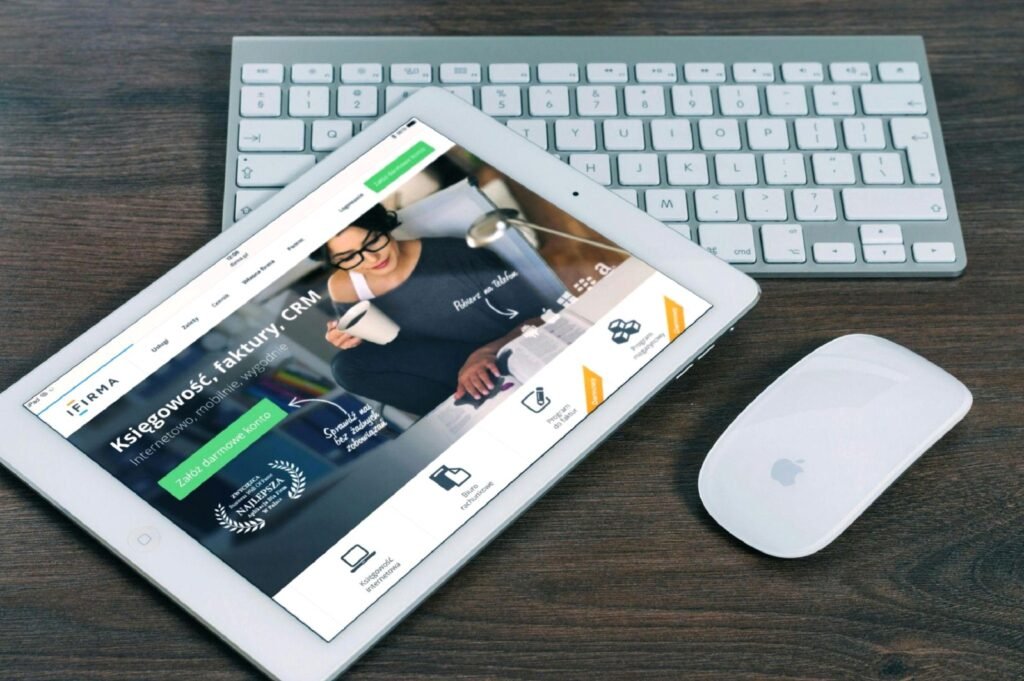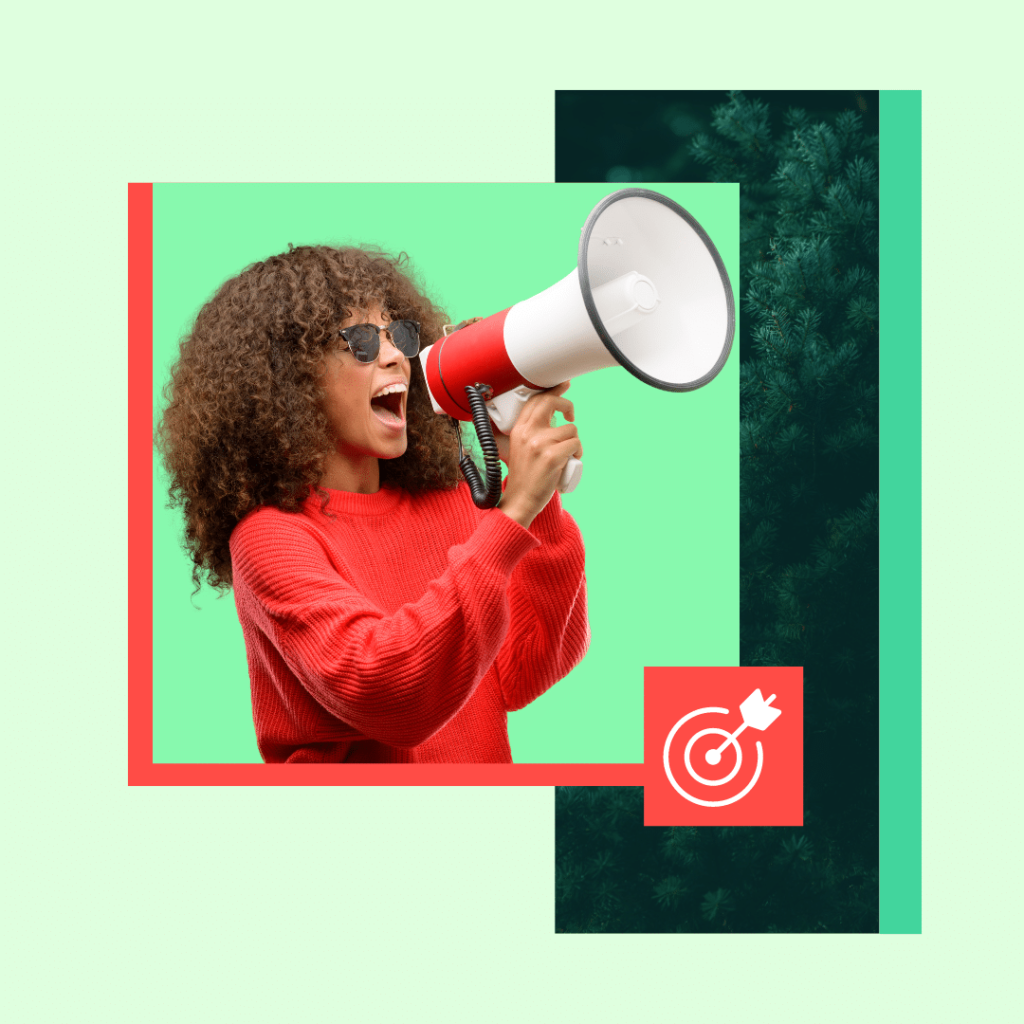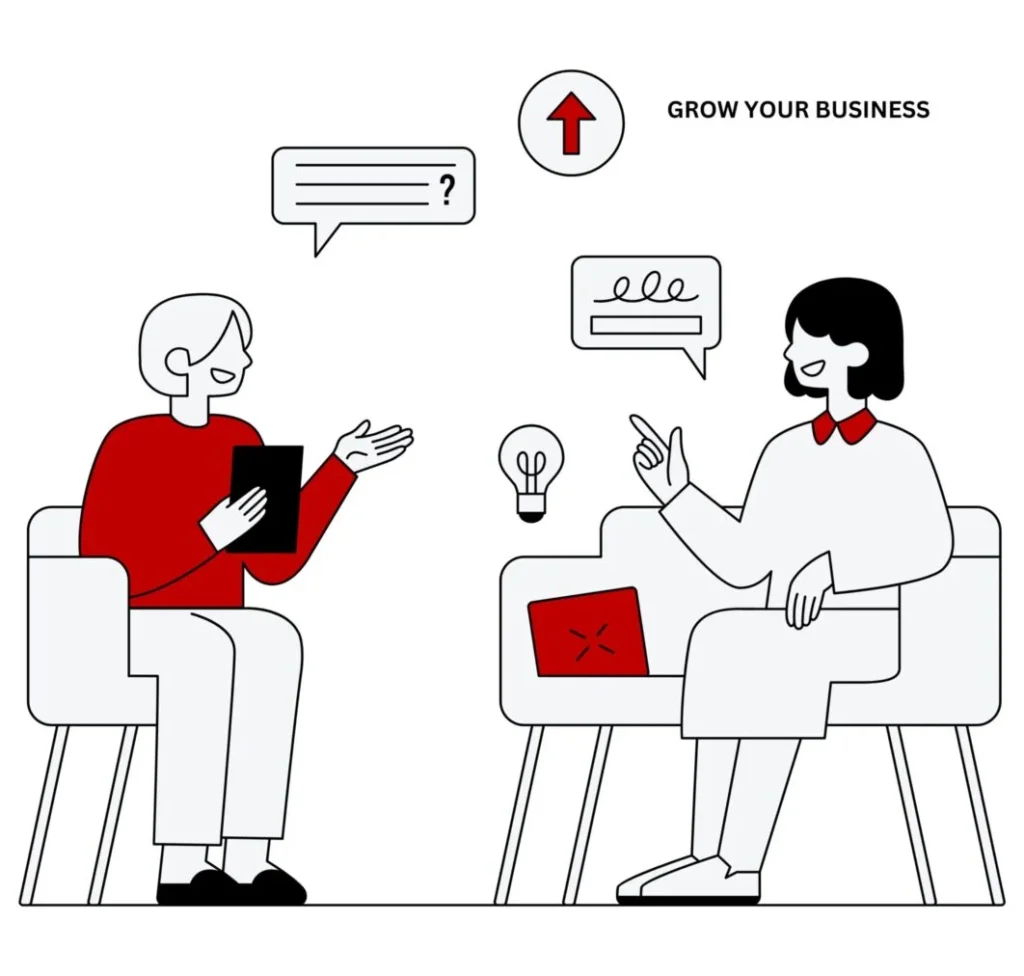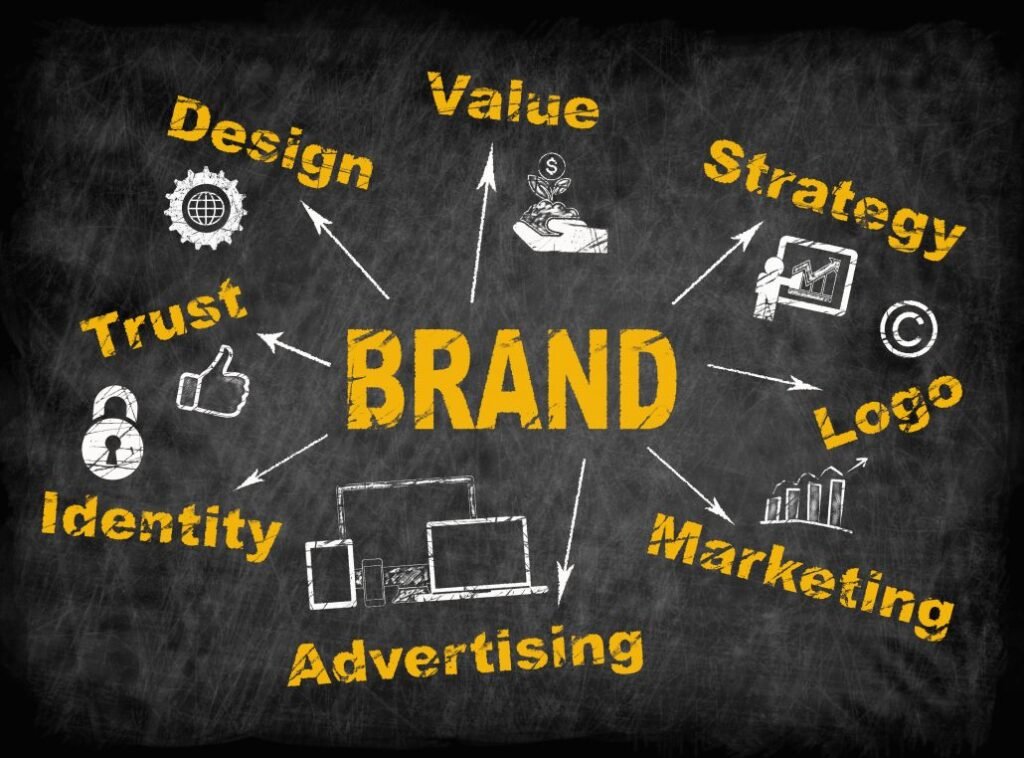Local SEO Secrets: How Small Businesses Can Beat Big Competitors
Running a small business isn’t easy. Some days it feels like no matter how hard you work, the bigger brands are always one step ahead — flashing their ads everywhere, backed by endless budgets and entire teams dedicated to marketing. But here’s the thing most small business owners don’t realize: when it comes to local SEO, you actually have an advantage. Unlike those big brands that try to sell to everyone, you only need to reach the people right around you — your neighbour , your city, your community. And that’s where you can shine. Your Google Profile Is Your Storefront Window Imagine walking down a busy street. Some shops look alive, with bright signs, clean displays, and welcoming faces. Others? Dusty, dark, and kind of forgotten. Which one would you walk into? That’s exactly how your Google Business Profile works online. If it’s updated, with photos, working hours, and positive reviews, people trust you. They click. They call. They visit. And the best part? Setting it up costs you nothing but a little time. Reviews: The New “Word of Mouth” Remember when neighbors used to ask, “Where did you buy this?” and you proudly shared the name of the shop? Today, people don’t always ask their friends — they ask Google. That’s why reviews are priceless. A few honest, heartfelt reviews from your happy customers can do more than any expensive ad. Don’t be shy — ask for them. People usually love supporting small businesses, especially when they feel valued. Winning with Local Keywords Here’s another secret: you don’t need to rank for “best bakery in India.” You just need to rank for “best bakery in Bhopal” or even “fresh cakes near TT Nagar.” Big companies will never go that specific — but you can. Sprinkle those little location-based phrases into your website, blogs, or even social posts. That’s how you appear right when someone nearby is looking for you. Small Steps That Count Getting listed on local directories like Justdial or Sulekha may feel old-fashioned, but it still works. Think of it like leaving your business card everywhere your customers might look. Each small step builds your online presence quietly but powerfully. Be More Than a Business The big brands often feel… well, faceless. You don’t. You’re real. You’re local. You’re part of the community. Use that. Share behind-the-scenes moments, celebrate local festivals, talk about neighborhood events, or even post a funny story from your day at the shop. That’s how people connect with you — not just as a business, but as their business. Don’t Forget Mobile One last thing: most people searching for a local business are on their phones, probably in a hurry. If your site takes forever to load, they’re gone. A clean, quick, mobile-friendly website is like keeping your shop door wide open. Final Word The truth is, you don’t need to outspend the big players. You just need to outsmart them locally. Be visible where it matters most, speak the language of your community, and show the human side of your business. Because when people feel that connection, they’ll choose you over a big, faceless competitor — every single time.
Local SEO Secrets: How Small Businesses Can Beat Big Competitors Read More »

